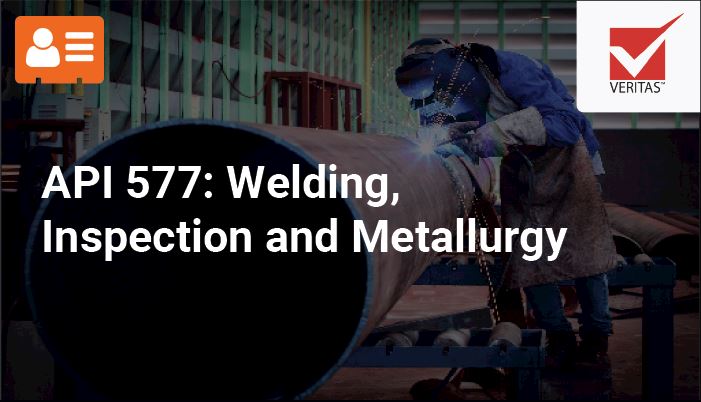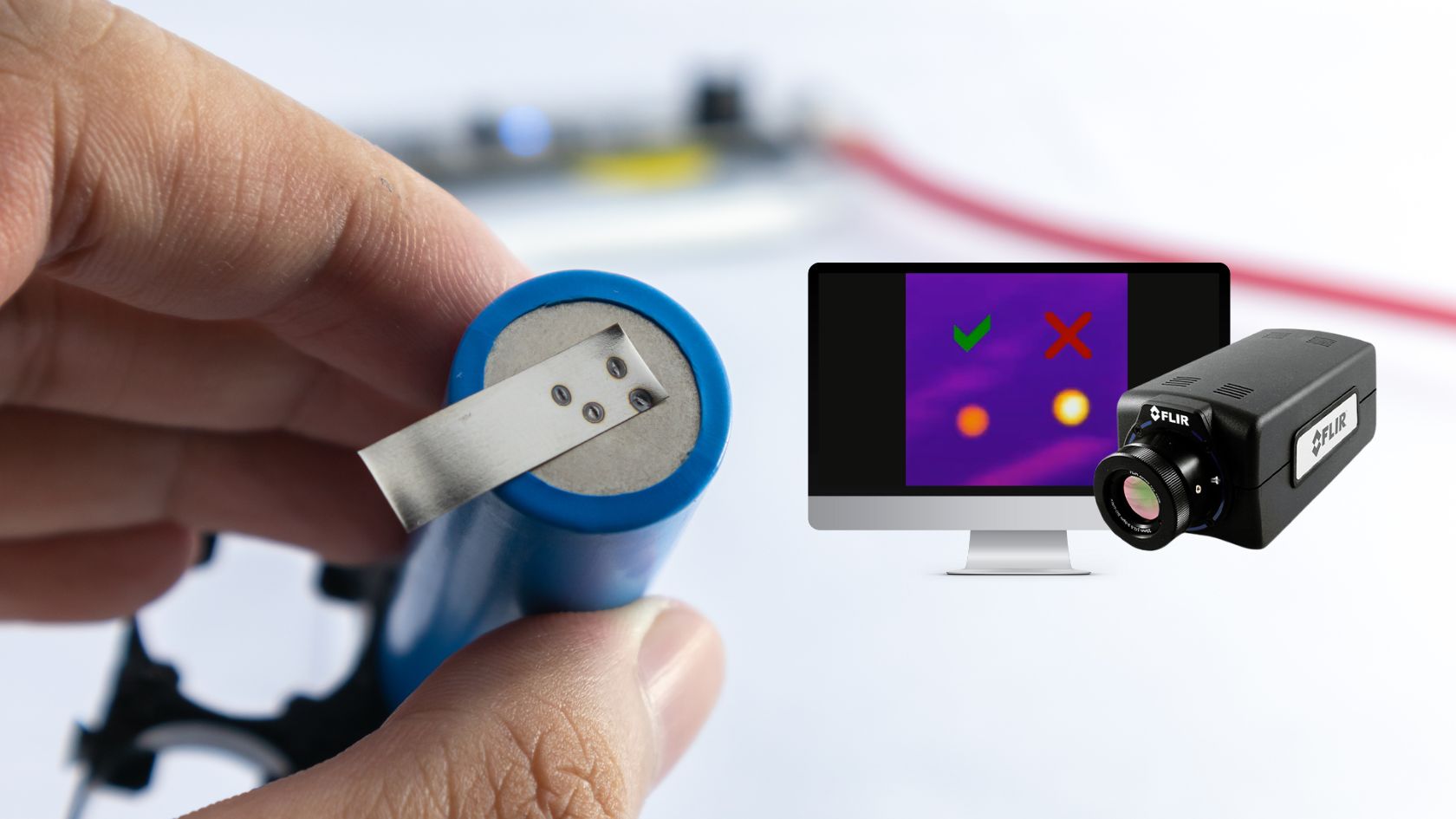Checking Out Advanced Equipment and Techniques for Accurate Welding Assessment
In the world of welding assessment, the quest of precision and dependability is vital, stimulating the advancement of innovative tools and approaches. Laser scanning developments and automated evaluation systems, geared up with synthetic intelligence, are redefining the landscape by lowering human mistake and boosting safety and security actions.
Ultrasonic Evaluating Developments
Ultrasonic screening innovations frequently stand for the leading edge of improvements in welding evaluation technologies. These technologies have considerably boosted the capability to find and review gaps within bonded frameworks, ensuring improved honesty and security - Welding Inspection Madison. Ultrasonic testing utilizes high-frequency acoustic waves to penetrate products, offering comprehensive information regarding inner functions without causing damages. The current advancements in this area have actually concentrated on raising accuracy, rate, and the capability to translate intricate information.

In addition, improvements in software algorithms for data evaluation have actually boosted the accuracy of flaw discovery and sizing. Automated ultrasonic screening systems now provide high-resolution imaging, allowing thorough assessments of weld quality. These systems are usually integrated with sophisticated visualization tools, which assist in the analysis of outcomes.
Radiographic Evaluation Strategies
While ultrasonic screening innovations have actually set a high standard in non-destructive assessment, radiographic evaluation techniques proceed to play an essential function in welding evaluation by using special understandings right into material stability. Radiographic testing (RT) employs using X-rays or gamma rays to penetrate materials, creating a radiograph that aesthetically stands for the interior structure of a weld. This imaging capability is indispensable for finding subsurface flaws such as porosity, incorporations, and fractures that may not show up via surface area examinations.
The procedure includes placing a radiation resource on one side of the weld and a detector on the contrary side. Variations in product thickness and thickness impact the attenuation of the rays, generating a different picture that precisely marks problems. RT is especially beneficial for inspecting thick sections and complicated geometries where other methods may fail.
In spite of its effectiveness, radiographic examination needs to be carried out with strict adherence to safety and security procedures due to the unsafe nature of ionizing radiation. Additionally, the interpretation of radiographs calls for proficient personnel, as the top quality of the analysis straight influences the dependability of the inspection. Continuous innovations in digital radiography are enhancing picture quality and analysis performance, enhancing RT's critical function in making sure weld top quality.
Laser Scanning Advances
Welcoming laser scanning modern technology in welding assessment has transformed the analysis of weld high quality and integrity. Unlike traditional examination strategies, laser scanning provides quick information acquisition, substantially boosting the effectiveness and precision of weld recommended you read examinations.
Laser scanning developments have brought about considerable improvements in detecting and identifying surface flaws such as porosity, absence of blend, and undercuts. The high-resolution data enables inspectors to execute comprehensive analyses, making sure that welds meet stringent market criteria. This approach supports the advancement of electronic documents, facilitating long-lasting high quality guarantee and traceability.
Additionally, laser scanning innovation incorporates flawlessly with software solutions developed for automated issue detection and evaluation. The resultant data can be easily shared and reviewed, promoting collective decision-making processes. As markets proceed to require greater requirements for weld top quality, laser scanning continues to be at the forefront, offering unmatched accuracy and performance in welding inspection.
Automated Evaluation Solutions
Automated inspection systems offer the benefit of uniformity, getting rid of human error and subjectivity from the inspection process. They are made to operate in different atmospheres, from production floorings to remote area sites, guaranteeing detailed insurance coverage. Welding Inspection Madison. These systems can be configured to follow particular welding standards and standards, giving in-depth reports and documentation for quality assurance functions
In addition, the combination of cloud-based platforms facilitates the storage space and analysis of substantial quantities of inspection information. This allows fad analysis and anticipating maintenance, permitting producers to address prospective issues prior to they escalate. The fostering of automatic examination systems is an essential move towards boosting the dependability and performance of welding processes in commercial applications.

Enhancing Safety and Efficiency
A substantial facet of improving safety and effectiveness in welding evaluation hinges on the assimilation of cutting-edge innovations that streamline procedures and alleviate dangers. The adoption of innovative non-destructive testing (NDT) methods, such as ultrasonic screening, phased range ultrasonic screening (PAUT), and radiographic testing, plays a pivotal duty in guaranteeing click for more structural stability without check my source jeopardizing the safety of the workers included. These methods enable thorough examinations with very little downtime, reducing possible risks connected with conventional approaches.
Additionally, the execution of real-time data analytics and equipment knowing formulas has actually transformed the method examination data is interpreted. By using predictive analytics, possible problems can be recognized before they materialize right into critical failures, making certain prompt interventions and maintenance. This positive approach substantially boosts operational efficiency and security in welding processes.
Additionally, remote inspection modern technologies, including drones and robotic spiders furnished with high-resolution video cameras, enable assessors to examine hard-to-reach areas without revealing them to harmful conditions. This not just enhances evaluation precision yet also reduces human danger. By leveraging these advanced devices and techniques, industries can attain greater safety criteria and operational performance, eventually leading to even more lasting and dependable welding inspection methods.
Conclusion
The integration of sophisticated devices and approaches in welding examination significantly enhances problem detection and guarantees structural stability. These improvements not only boost assessment effectiveness however likewise contribute to enhanced safety and quality assurance in commercial welding applications.

Ultrasonic testing developments frequently stand for the leading edge of developments in welding examination modern technologies.While ultrasonic screening developments have established a high requirement in non-destructive evaluation, radiographic inspection strategies continue to play an integral duty in welding evaluation by offering unique understandings into product stability.Embracing laser scanning innovation in welding evaluation has actually transformed the analysis of weld high quality and honesty. As markets proceed to demand greater standards for weld quality, laser scanning stays at the center, providing unparalleled accuracy and performance in welding assessment.
Automated inspection systems supply the advantage of uniformity, getting rid of human error and subjectivity from the assessment process.